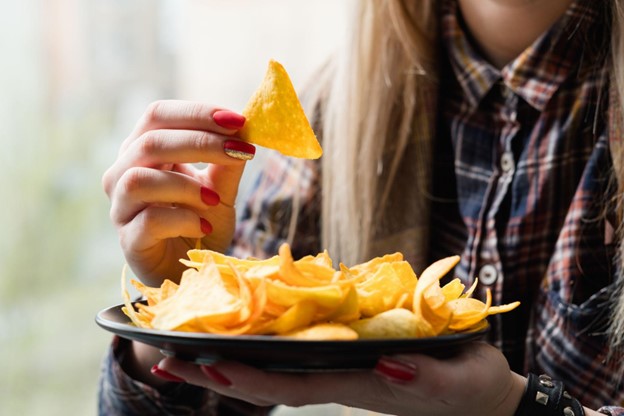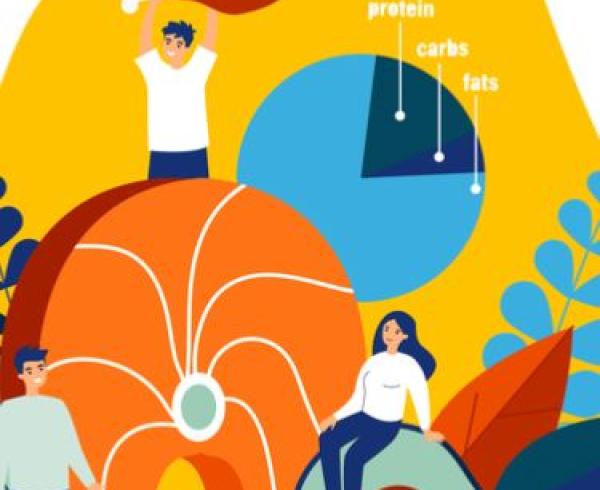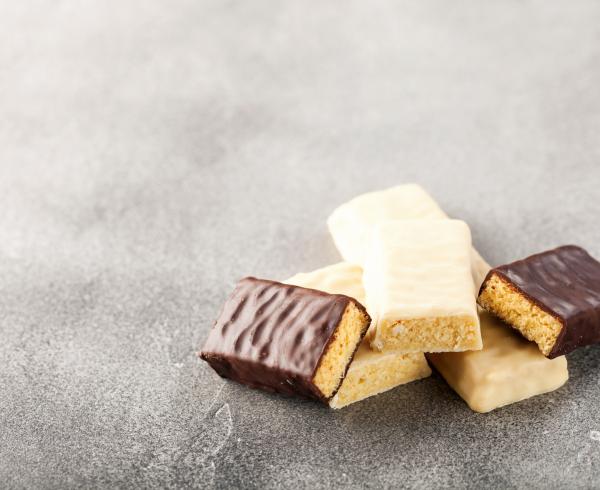Better-for-you sweet snacking is also growing, with increasing consumption rates and new users seen for weight loss, low carb, and protein bars, as well as for sweet baked goods like better-for-you cookies and brownies.3
In addition, the healthier positioning seems to be driving permissibility in snacks. Research shows that when consumers indulge in sweet or savory snacks that provide a functional benefit, they do so at a higher frequency.4
Key Drivers Influencing Healthy Snacking Trends
Consumers’ continued interest in protein is a major driver of today’s healthy snacking trends. While there are different strategies for developing a healthier snack, adding protein has become a popular choice due to its immediate impact on consumer perception.
Since consumers see protein as an indicator of healthiness,5 chips, cookies, and bars featuring a protein claim or the grams of protein on the package stand out as a better choice. Consumers associate protein with satiety, weight management, strength, muscle support, energy, healthy immunity, and more, with interest in a wide variety of protein sources, from dairy to plant-based proteins.
The Essential Role of Innovation and R&D
Balancing nutrition and indulgence is often the main R&D challenge in developing healthier snacks. While “high in protein/good source of protein” is consumers' second most sought attribute in a better-for-you sweet snack, for example, “great taste” is still number one.6











